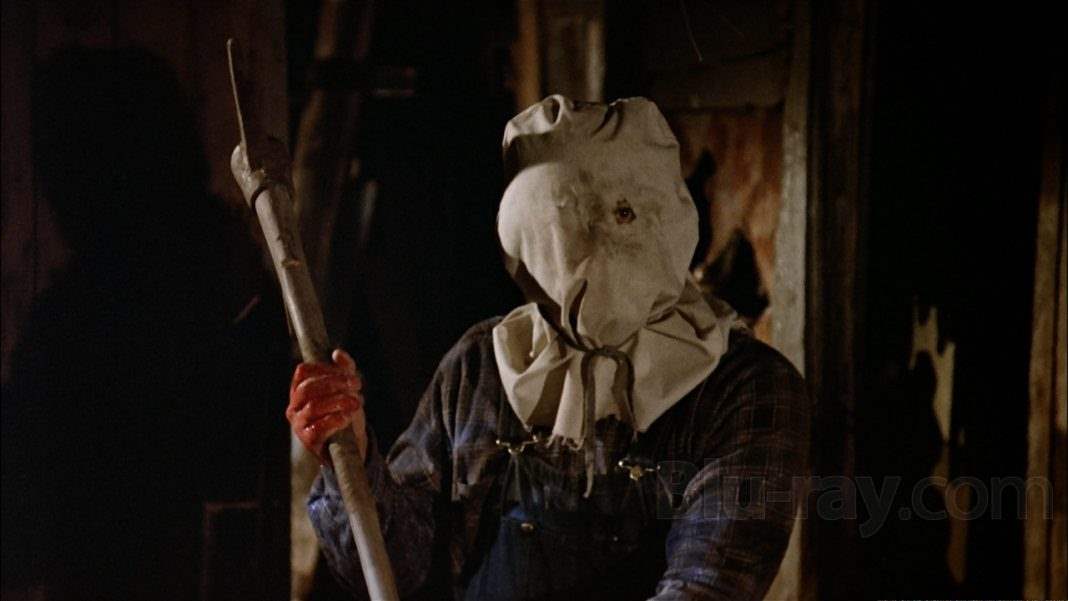When you think of the French Riviera, you might assume that summer is the best time to visit. But Nice has actually been a popular winter travel destination since the 18th century, when aristocrats, largely from England, began spending summers there.
With mild temperatures year-round (a local told me you can eat outside until the end of November, and begin doing so again come February), and far fewer tourists than the hordes that swarm the city in August, Nice is truly at its prime in the cooler months. And you don’t have to take my word for it: Last year, the city earned UNESCO World Heritage recognition as the “winter resort town of the Riviera,” citing Nice’s ideal location between the Alps and the Mediterranean Sea.
But no matter what time of year you choose to visit, you’re sure to be charmed by the city’s architecture, promenades, art, food, and history. Read on for a rundown of what to see, eat, and, of course, what wine to drink while you’re in town.
Castle Hill
As stunning as Nice is at ground-level, you haven’t properly seen the city until you’ve seen it from above. The relatively easy and short climb up the steep hill is worth it for the views of Old Town, the Promenade des Anglais, and the powder-blue sea. At the top, you can also explore the ruins of the Castle of Nice, cemeteries, and a spectacular man-made waterfall that doubles as A/C in the summer months (stand close and let the mist cool you down).
Musée Matisse
Henry Matisse fell in love with Nice in 1917 and relocated to the city, where he would live and produce the majority of his work until his death in 1954. So it is fitting that today Nice is home to one of the largest collections of his work. The Musée Matisse in Nice (say that five times fast) includes 31 paintings, 454 drawings and prints, 38 cut-outs, and 57 sculptures that span the artist’s career, and is largely drawn from his personal stash, brought in directly from his studio. The gorgeous 17th-century villa that houses the museum is a bonus.
Saint-Jean-Cap-Ferrat
Leave the city behind for a day trip to Cap Ferrat, a peninsula located about 25 minutes outside of Nice that boasts some of the most stunning beaches in the area. Start your day at the iconic Paloma Beach, which is flanked by villas and home to a lively family-run beach club that’s been around since 1948. From there, you can weave your way along a coastal path until you reach Le Club Dauphin, a swim club and restaurant located at the tip of the peninsula and surrounded by sea views on three sides.
Once you’re lazing by the 1930s-era Olympic-sized salt water swimming pool, where Brigitte Bardot once took swim lessons, you’ll never want to leave. And if so, you can wander up to the Belle Époque-era Grand-Hotel Du Cap-Ferrat, a Four Seasons Hotel, to book a room for the night. Don’t miss the hotel’s spa or the Michelin-starred Le Cap restaurant, which features local ingredients—some from the hotel’s own gardens, 600 wines from France’s best vineyards, and, my personal favorite, the most expansive cheese cart I’ve ever seen. (Fun fact: In season two of Emily in Paris, when Emily heads to “Saint Tropez,” most of the scenes were actually filmed in and around Cap Ferrat; like Elizabeth Taylor and Angelina Jolie before her, Emily stays at the Grand-Hôtel du Cap-Ferrat.)
Le Plongeoir
At the end of the 19th century, a fishing boat was secured to a rock pillar just off the coast of Nice, where guests ate and drank 20 feet above the sea below. The vessel was ultimately damaged and removed, but the restaurant, Le Plongeoir, was reimagined and remains perched at the top of those same rocks today. Start with a delicious “The Signature Diving Board” drink (a nod to the restaurant’s diving boards), which is like an Aperol Spritz but with peach juice (our server told us George Clooney ordered two rounds when he was there recently), and nosh on zucchini flower fritters and seafood.
Les Agitateurs
Les Agitateurs, located behind the city’s scenic port, is one of Nice’s most recent recipients of a Michelin star, with reviewers remarking on the “painstakingly and skillfully crafted dishes that are rich in texture, flawlessly cooked, and subtly seasoned.” The food is almost too pretty to eat, but chowing down is advised anyway. Diners can choose from preset three- or five-course meals, with wine pairings, of course. If you have trouble snagging a table, you can also visit their grocery store-slash-delicatessen to take some takeaway bites home with you.
Nuances
Eating at Nuances requires you to get deeply in touch with your senses in order to figure out what exactly the deliciousness you’re tasting actually is. That’s because the restaurant serves a set “blind menu” that changes every two weeks, meaning you won’t know what any of the six courses you’re about to be served consist of until you bite down. And even then, you might not be right. After each course, the server asks you to take your best guess at the ingredients. The answers are often surprising, but always delicious.
Plage Beau Rivage
One of the best things about a European beach vacation is the abundance of beaches with top-notch service. Yes, they can be pricey, but the experience is always worth it. Leave the chairs and umbrellas at home and show up just as you are, Plage Beau Rivage will provide the rest. I love the experience of getting to enjoy proper knife-and-fork food on the sand (a real upgrade from the standard beach snacks). Be sure to make a reservation during high season, and if Plage Beau Rivage is full, fear not, the Promenade des Anglais is lined with other options.
Berco
Located in the heart of Old Town, Berco is a great spot to sip on a glass of red while you rest your feet after a long day of sightseeing. The lively and bright wine cellar also serves tapas with ingredients from small local farms.
La Boulisterie Club
Who doesn’t love a bar with lawn bowling? At La Boulisterie Club, happy hour comes with a side of pétanque (translation: bocce ball). The retro space with vintage décor feels a little bit like you’re hanging in someone’s garage, but a chic garage because, after all, this is still France.
Le Méridien
Walking into the seaview suite at Le Méridien literally took my breath away. Set on the Promenade des Anglais, at the border of Old Town, the hotel’s location across the street from the beach makes it an ideal vantage point to check out Nice’s sparkling sea from below or above, courtesy of one of the largest hotel balconies possibly ever. Back inside, floor-to-ceiling windows throughout maximize the vistas—even the bathroom had a 180-degree view—and I seriously could not stop staring (or taking pictures) of the waves below. The mid-century modern furnishings—driftwood tables, teak flooring, and wingback chairs—add to the relaxing vibes, and the rooftop pool and restaurant make the hotel worth stopping by, even if you’re not staying the night.
Le Negresco
Le Negresco is unlike any other hotel. It feels like sleeping in an art museum, minus the stuffiness. And that’s because it’s not just a hotel, but an art hotel, complete with an incredible 6,000 works of art and period furniture pieces throughout. The hallways and rooms are eclectically designed and span eras, with everything from Napoleon to street art. Originally opened in 1914, the pink-domed hotel has hosted Salvador Dalí, Princess Grace of Monaco, the Beatles, Louis Armstrong, and Elton John. And be sure to reserve a table at its Michelin-starred restaurant, Le Chantecler; the space alone is a feast for the eyes, with woodworking that dates back to 175 mixed with modern hot pink and lime green furnishings, and the menu comes courtesy of a female head chef, Virginie Basselot.
Le Windsor Jungle Art Hotel
This boutique hotel has a lush tropical garden and pool, but what really sets Le Windsor Jungle Art Hotel apart is the artistic spin on its rooms. Guests can choose from three options: artist’s rooms, which modern artists have decorated with original creations straight from their imaginations; fresco rooms, which have a large-scale frescoes painted by local artist Antoine Baudoin to transport guests from Asia to Mexico; finally, there are tribute rooms dedicated to the likes of Coco Chanel and Jean Cocteau. Whichever option you choose, you can rest assured that it will be a winner.
Kayla Webley Adler is the Deputy Editor of ELLE magazine. She edits cover stories, profiles, and narrative features on politics, culture, crime, and social trends. Previously, she worked as the Features Director at Marie Claire magazine and as a Staff Writer at TIME magazine.




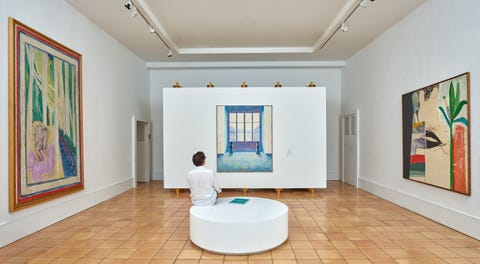
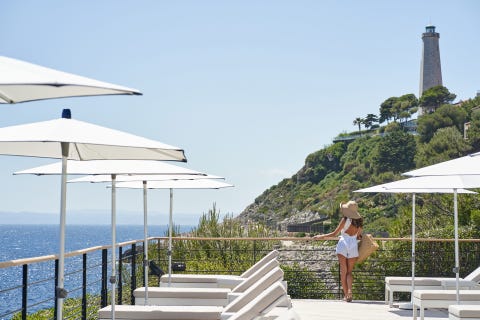


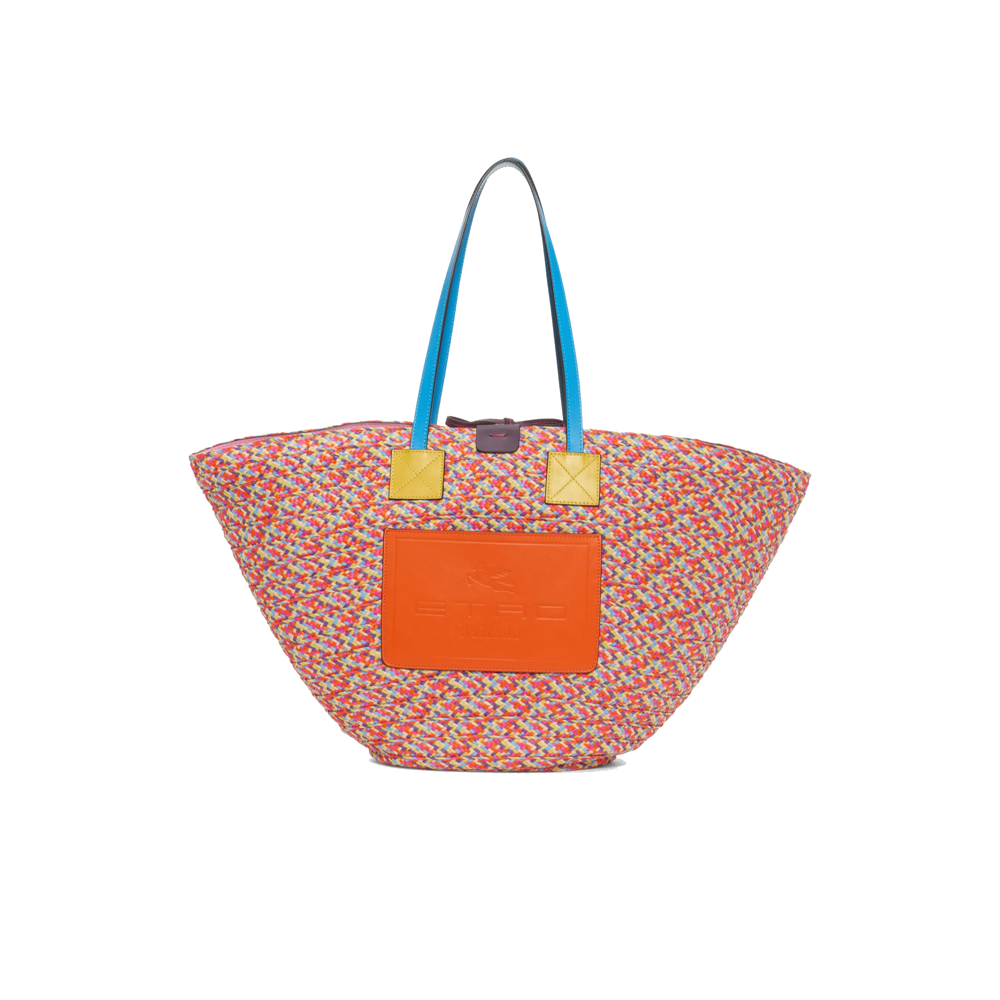

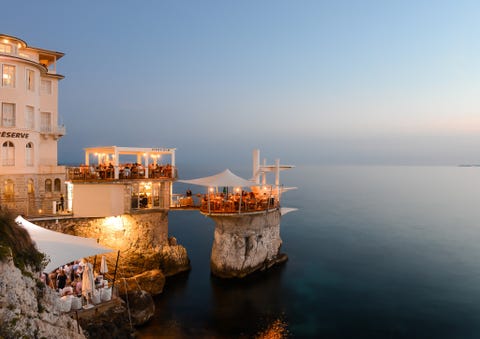
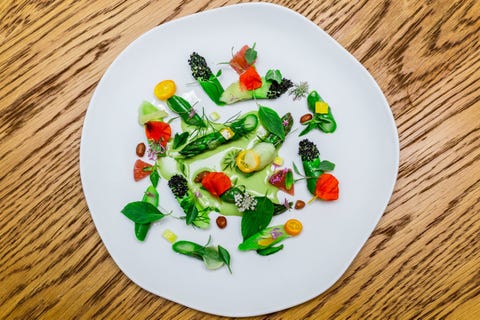
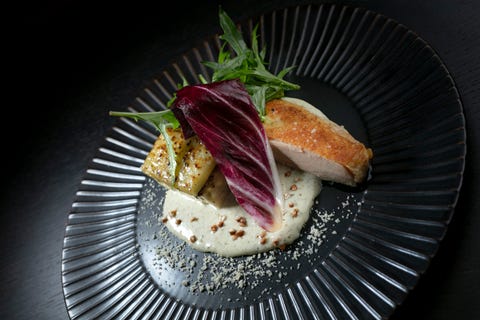
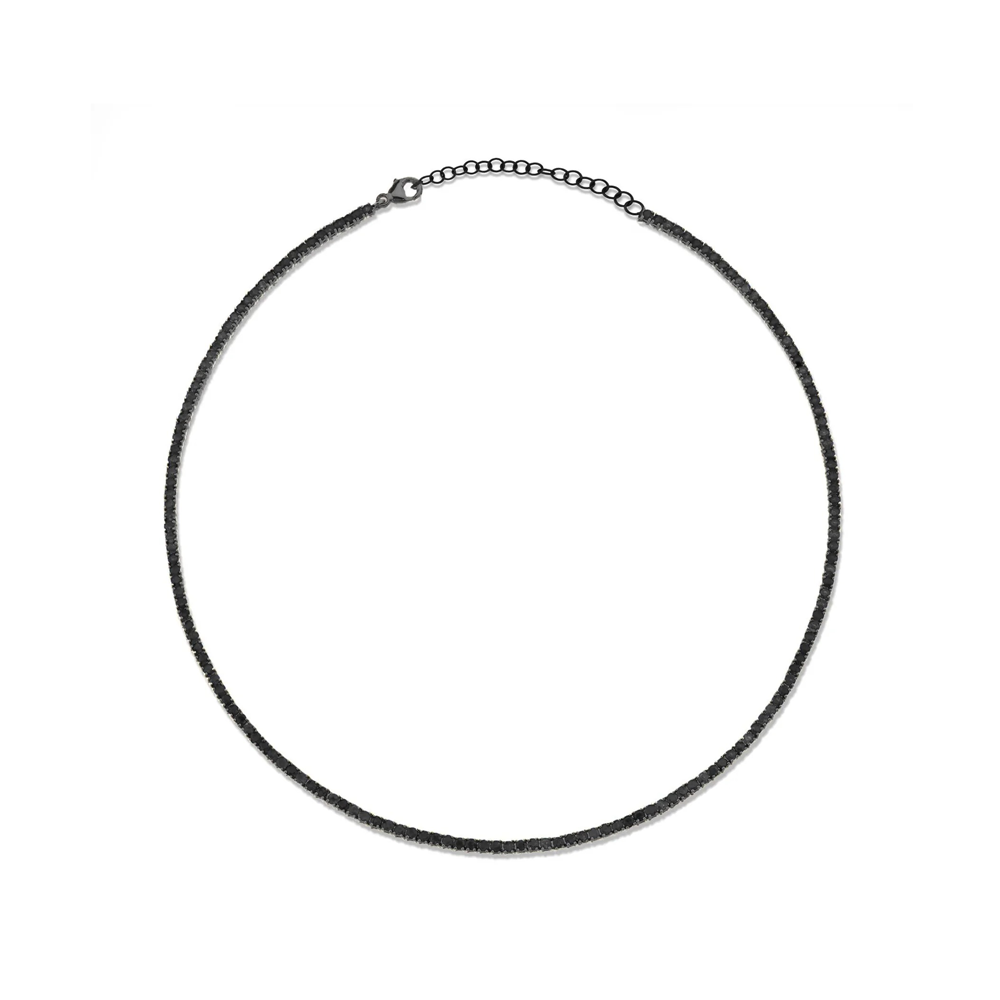
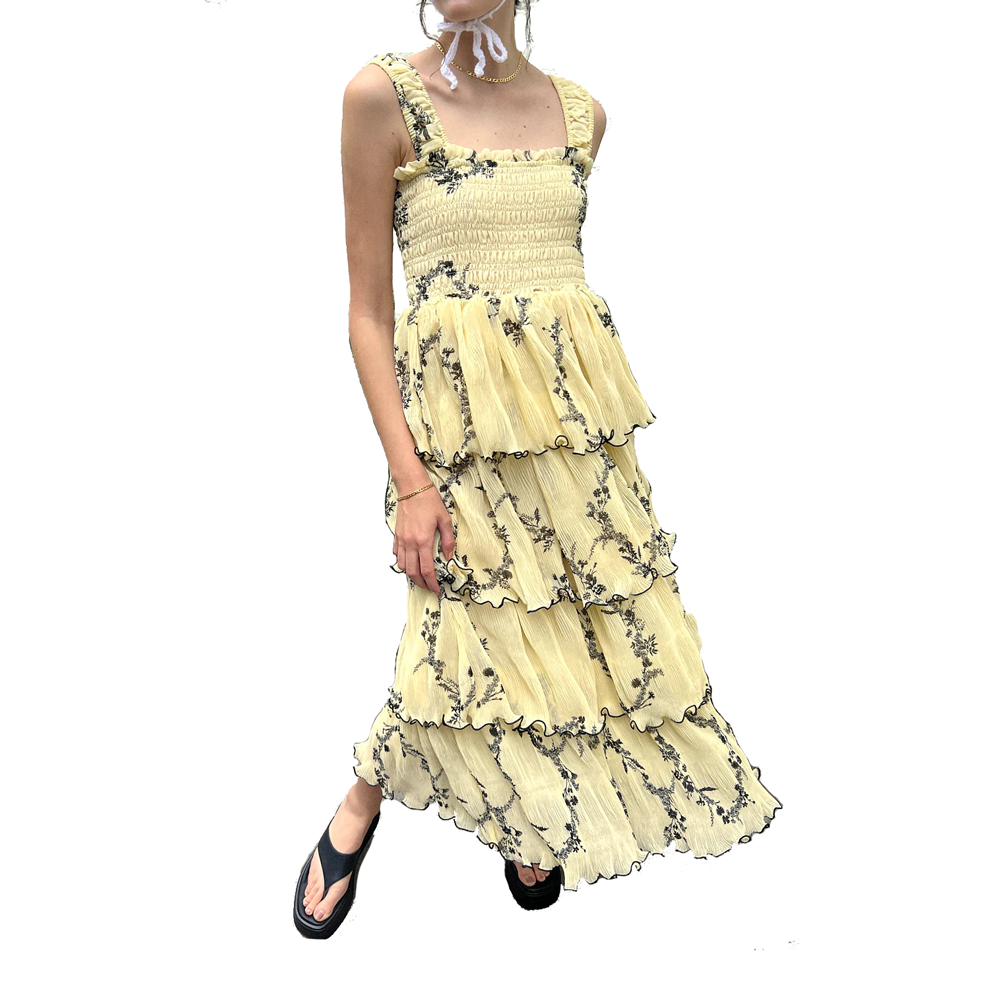
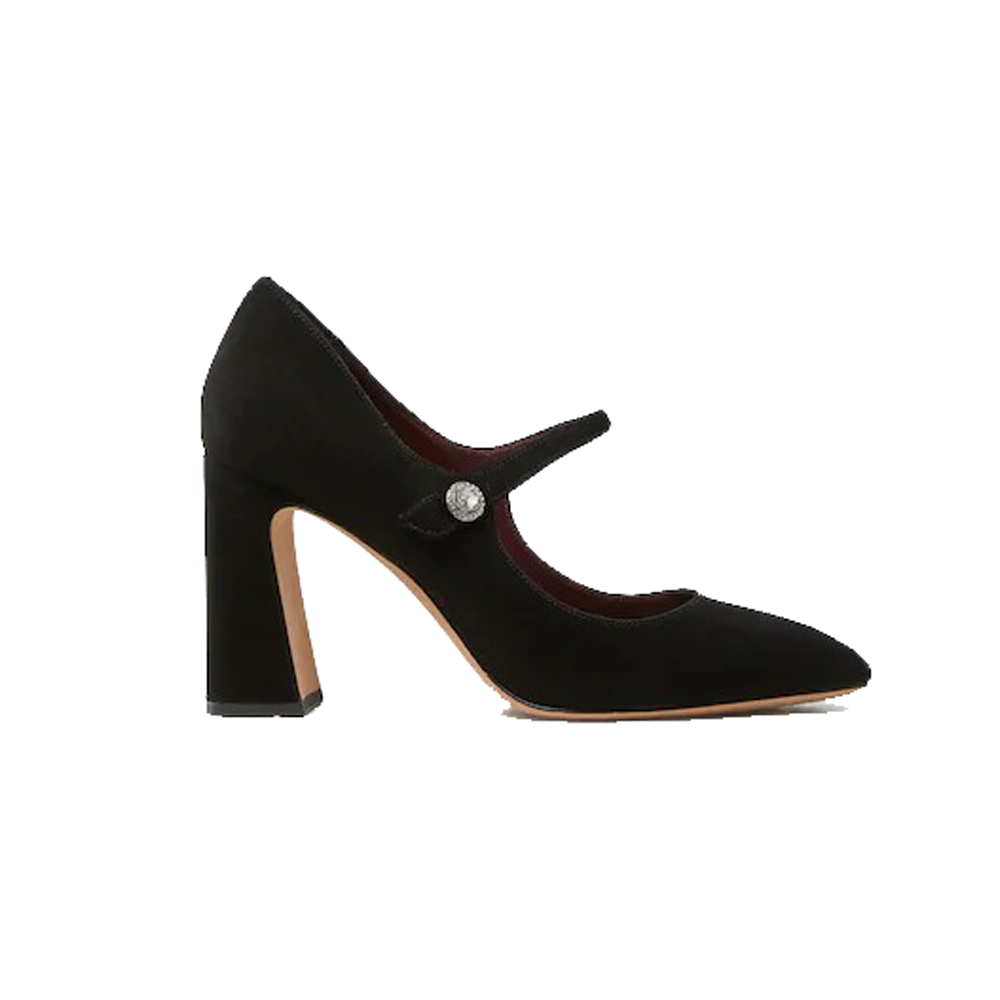

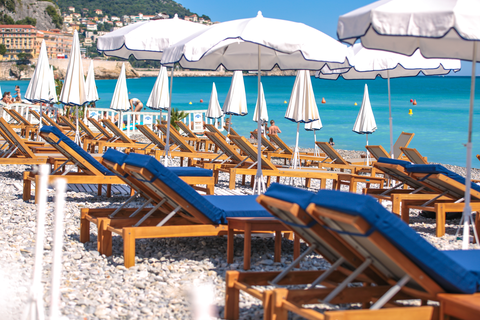
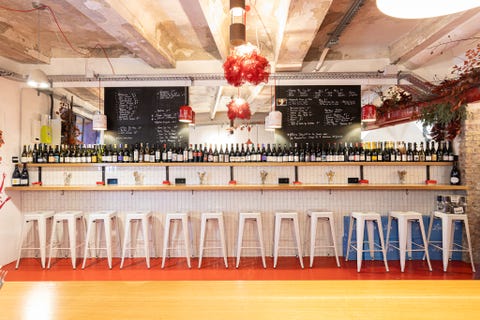

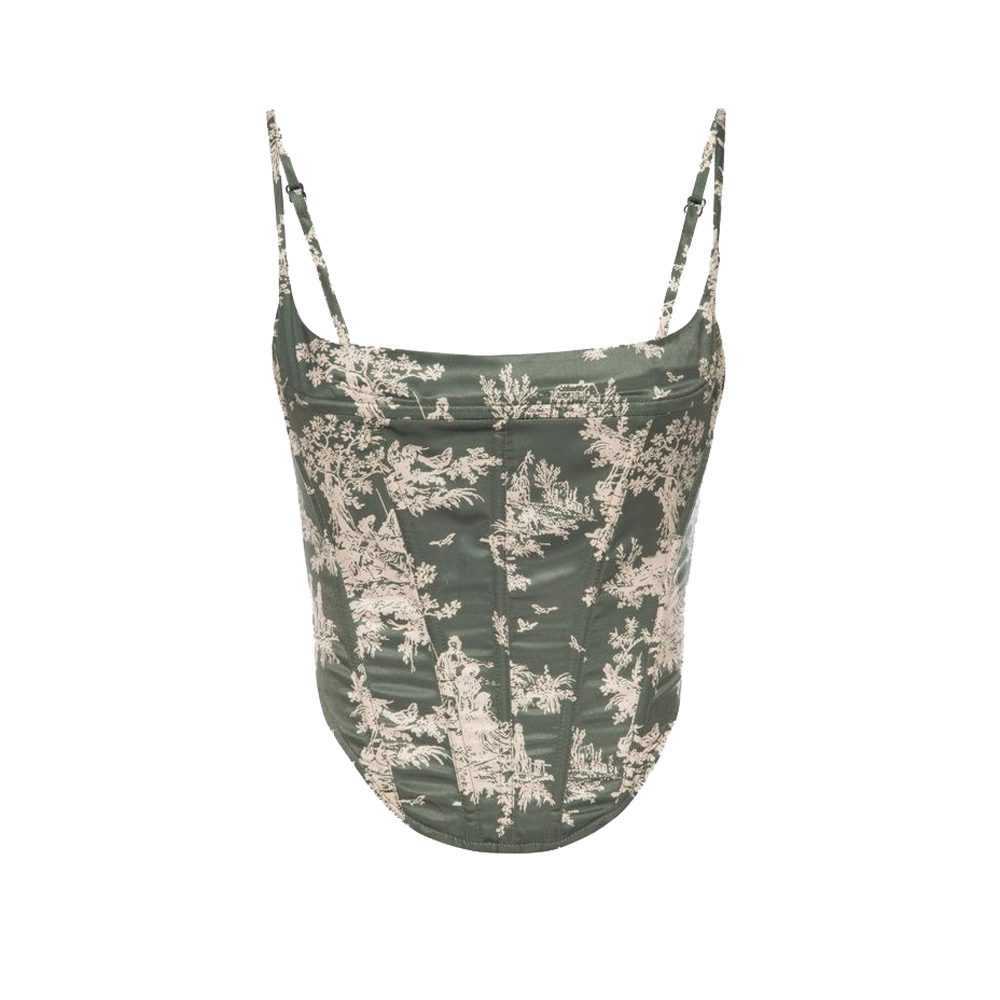

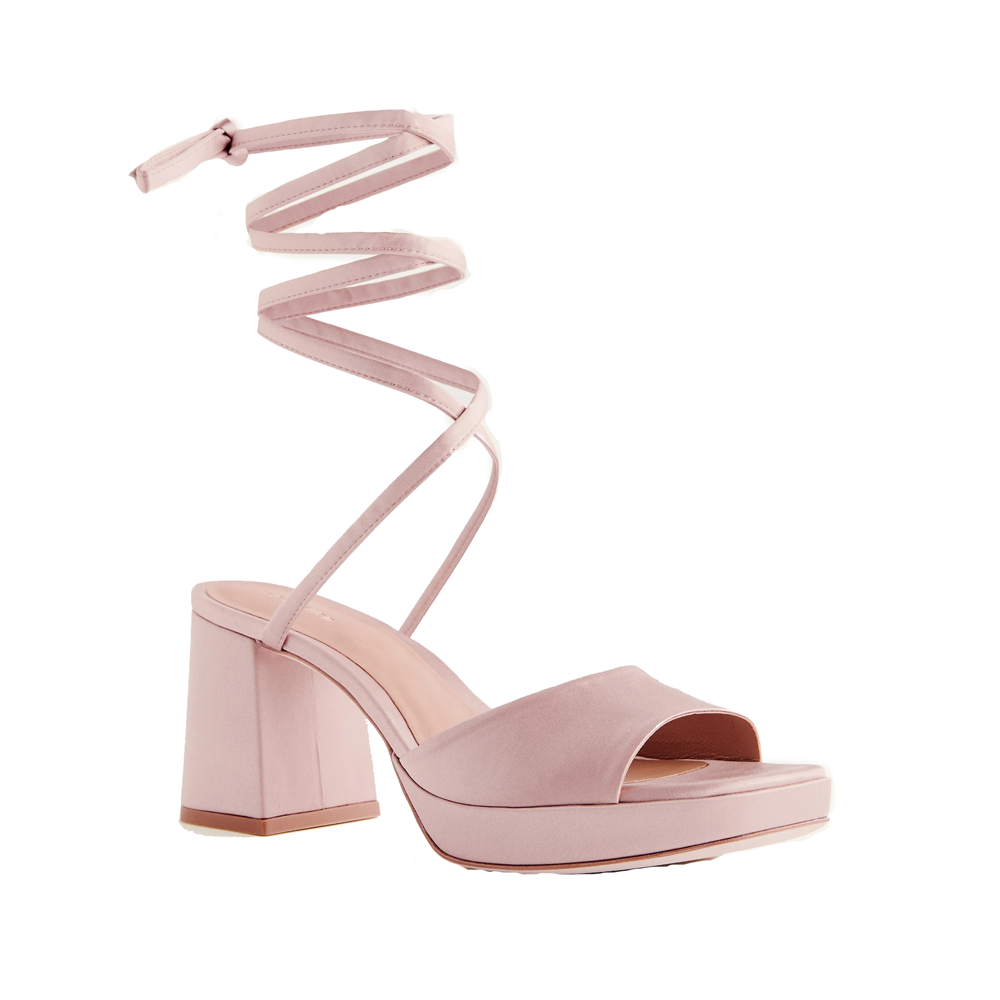

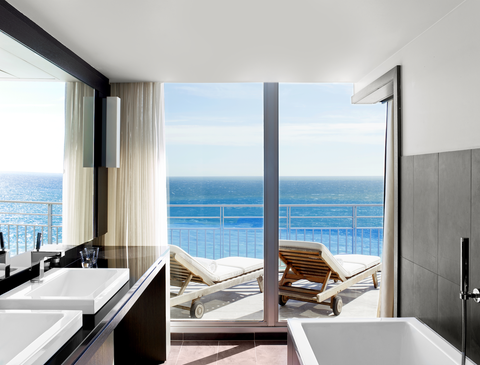

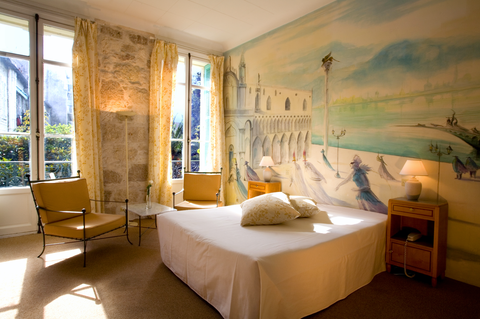

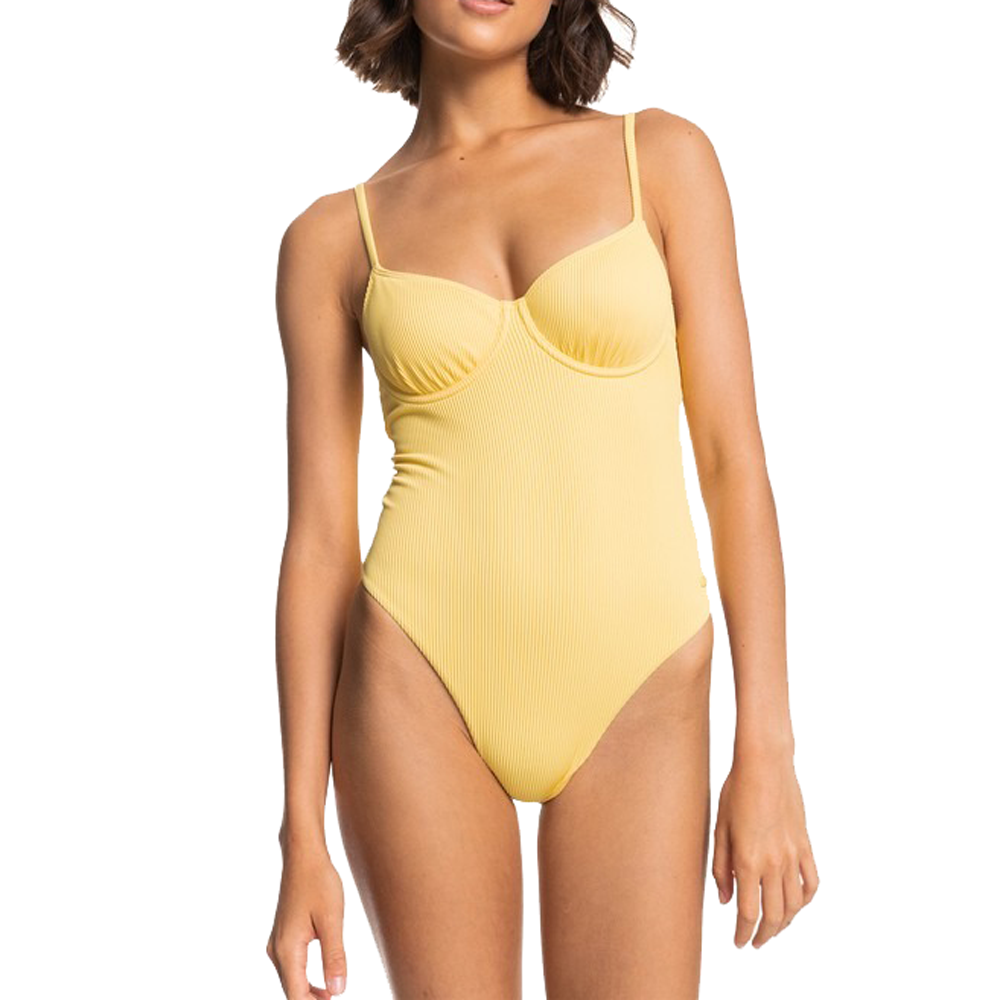
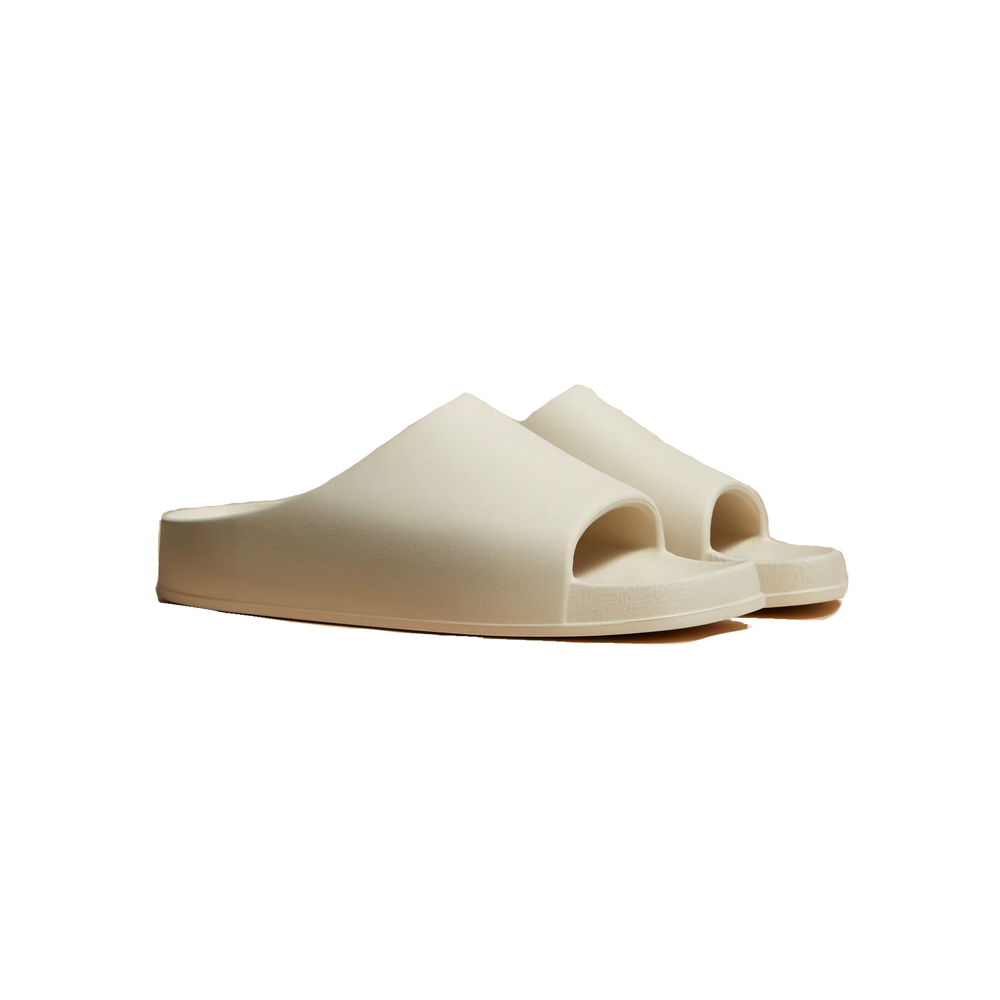


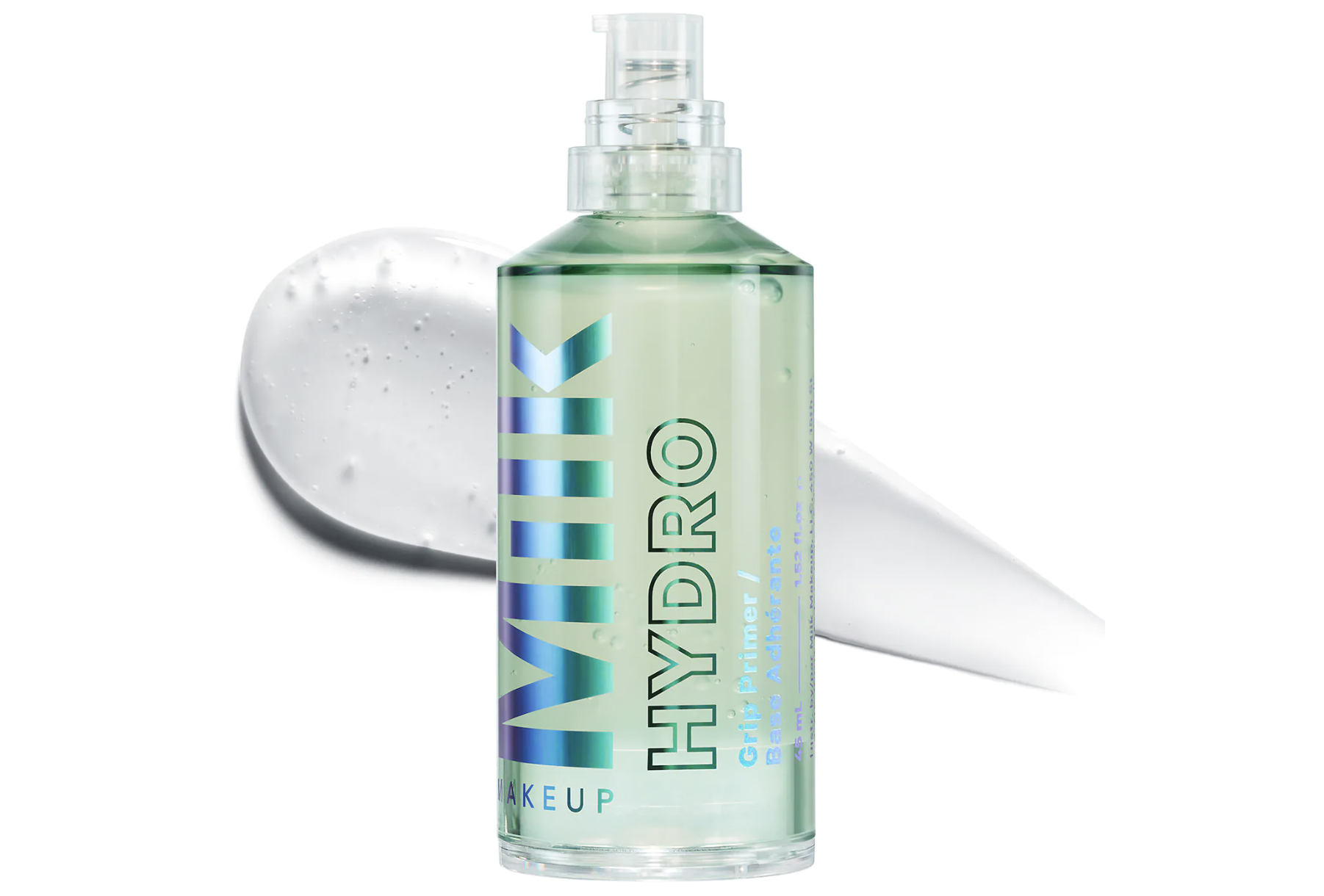

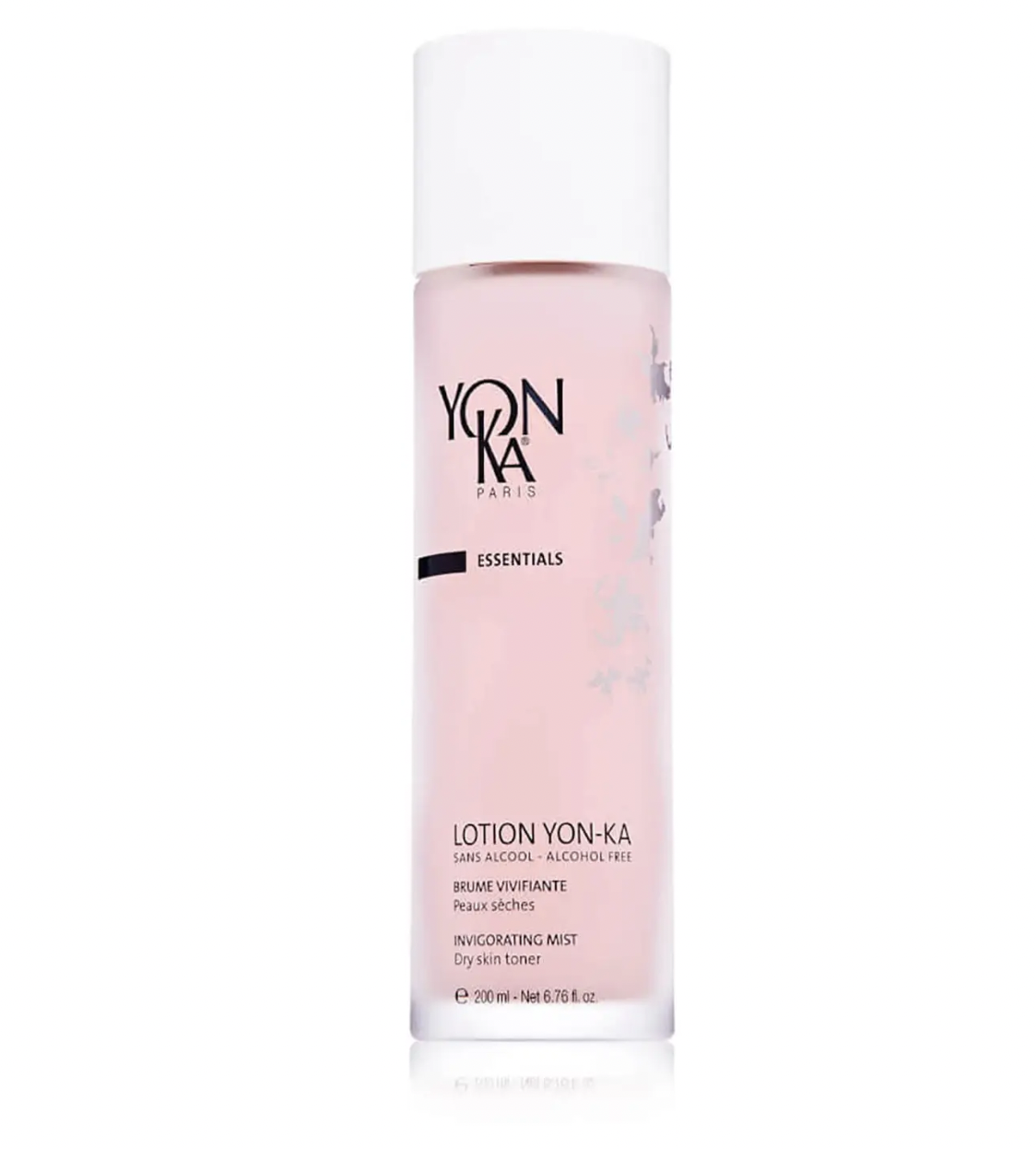
:quality(85):upscale()/2024/11/15/946/n/1922564/27581e706737c03acbcbf7.30261735_.png)
:quality(85):upscale()/2024/11/14/905/n/1922564/7c253144673661139f0e11.96185605_.png)
:quality(85):upscale()/2024/11/13/919/n/1922564/cc0839716735141c6dab05.65024797_.jpg)
:quality(85):upscale()/2024/11/13/790/n/1922564/c0ad2b806734e8c87b1ee9.61099793_.jpg)
:quality(85):upscale()/2024/11/07/930/n/1922564/a2d3a981672d2eff2fa4b3.27830525_.png)


